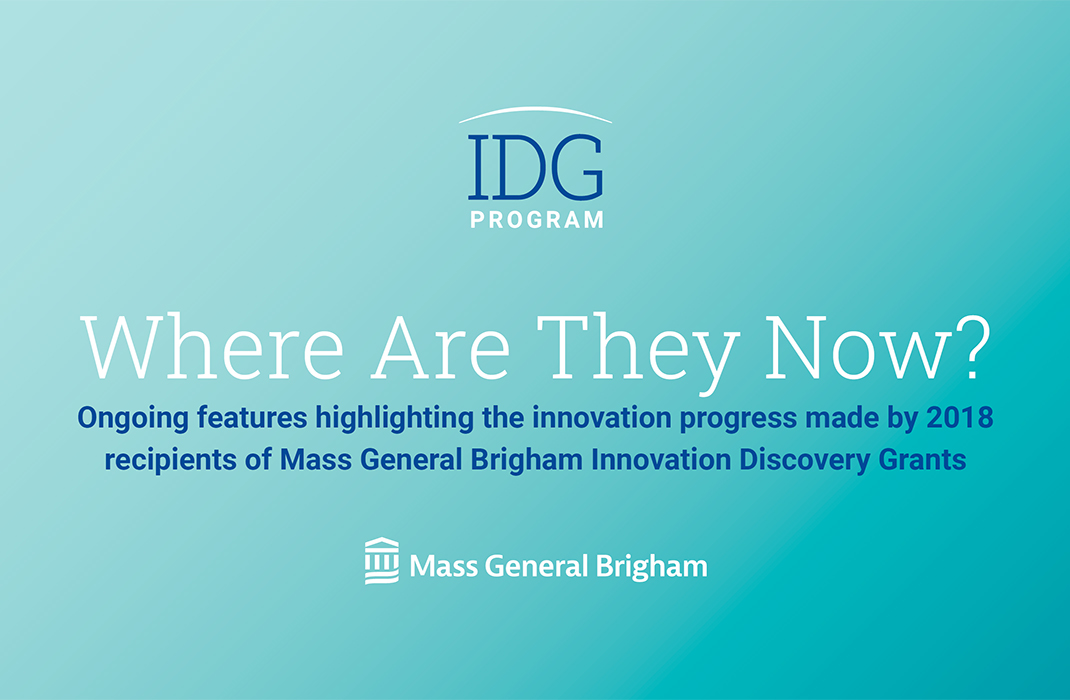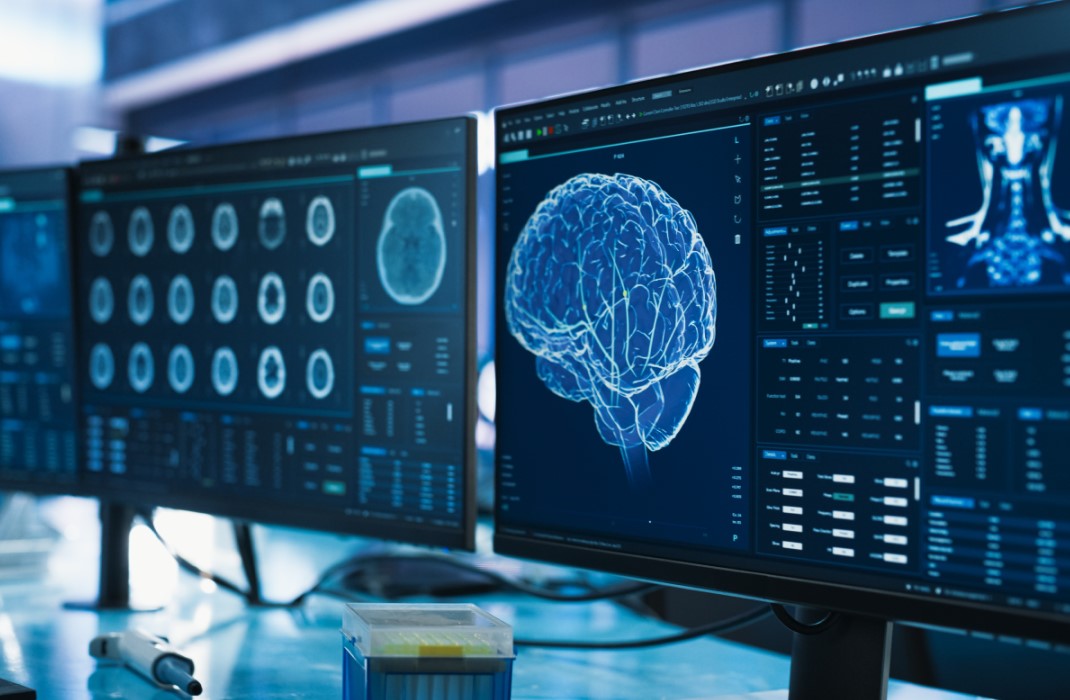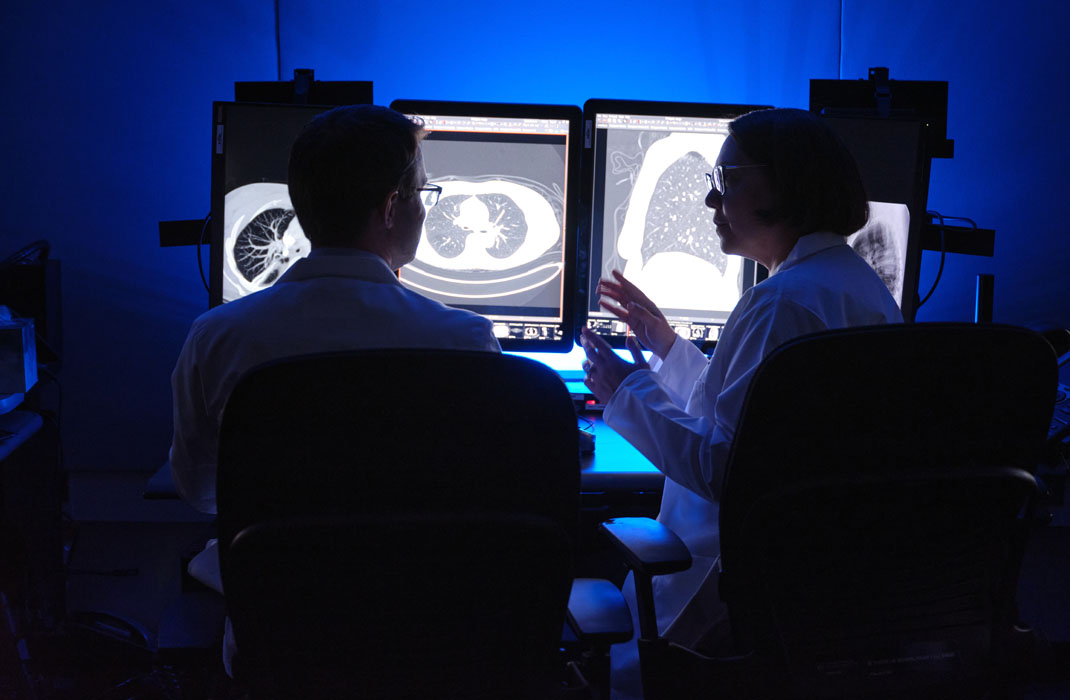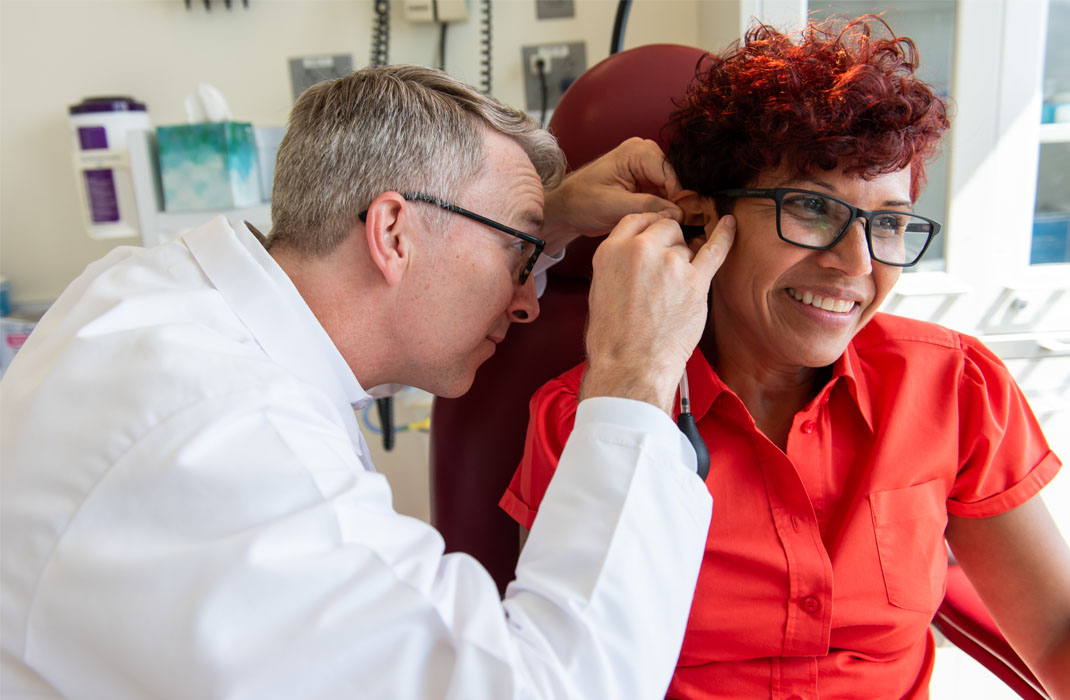-
- Find Care
-
- Visitor Information
- Find a Location
- Shuttles
- Visitor Policies
-
-
- Our Virtual Care Options
- Virtual Urgent Care
- Virtual Visits for Primary & Specialty Care
- Online Second Opinions
- Participate in Research
-
- Contact us
-
- For Innovators
- Commercialization Guide for Innovators
-
-
- Research News
- Alzheimer's Disease
- Artificial Intelligence
-
- Overview
-
- Overview
- Getting Started
- New to Mass General Brigham
- International Patient Services
- What Is Patient Gateway?
- Planning Your Visit
- Find a Doctor (opens link in new tab)
- Appointments
- Patient Resources
- Health & Wellness
- Flu, COVID-19, & RSV
- Billing & Insurance
- Financial Assistance
- Medicare and MassHealth ACOs
- Participate in Research
- Educational Resources
- Visitor Information
- Find a Location
- Shuttles
- Visitor Policies
- Find Care
-
- Overview
- Our Virtual Care Options
- Virtual Urgent Care
- Virtual Visits for Primary & Specialty Care
- Online Second Opinions
-
- Overview
- Participate in Research
-
- Overview
- About Innovation
- About
- Team
- News
- For Industry
- Venture Capital and Investments
- World Medical Innovation Forum (opens link in new tab)
- Featured Licensing Opportunities
- For Innovators
- Commercialization Guide for Innovators
- Contact us
-
- Overview
- Information for Researchers
- Compliance Office
- Research Cores
- Clinical Trials
- Advisory Services
- Featured Research
- Two Centuries of Breakthroughs
- Advances in Motion (opens link in new tab)
- Brigham on a Mission (opens link in new tab)
- Gene and Cell Therapy Institute
- Research News
- Alzheimer's Disease
- Artificial Intelligence
-
- Overview
-
- Overview
- Residency & fellowship programs
- Brigham and Women's Hospital
- Massachusetts General Hospital
- Mass Eye and Ear
- Newton-Wellesley Hospital
- Salem Hospital
- Integrated Mass General Brigham Programs
- Centers of Expertise
- Global & Community Health
- Health Policy & Management
- Healthcare Quality & Patient Safey
- Medical Education
- For trainees
- Prospective trainees
- Incoming trainees
- Current trainees
- Continuing Professional Development
AI Tool, Spurred by Research Partially Funded by the 2018 Innovation Discovery Grant, Aims to Faster Diagnose Preventable Blindness in Babies

Working collaboratively
Together with research partners from Oregon Health and Science University, Northeastern University and University of Illinois Chicago in 2018, Kalpathy-Cramer developed such a tool, a deep learning algorithm to diagnose plus disease in ROP. To test the algorithm, the software system would have to be trained and evaluated on a multi-institutional retinal image dataset from these and other institutions acquired as part of the NIH-funded i-ROP study. The images and the algorithm were tested against eight ROP experts, each of whom had more than 10 years of clinical experience. Data were collected and analyzed from December 2016 to September 2017.
The outcome: The algorithm diagnosed plus disease in ROP with comparable or better accuracy than the human experts—an amazing finding that demonstrated its great potential in disease detection, monitoring, and prognosis in infants at risk.
“Our goal always was to be able to identify babies most at risk for the disease,” says Kalpathy-Cramer, “and to be assured that it (the software) works well in all populations.”
Support for further study came from the Innovation Discovery Grants of Mass General Brigham Innovation. Kalpathy-Cramer was a 2018 recipient of the grant, and funds were complemented by the NIH to further the data collection. More data collection is critical to validate the findings and to receive FDA approval for its use.
The technology was licensed to Boston AI and subsequently to Siloam Vision, a startup founded by two of the co-inventors, J. Peter Campbell and R.V. Paul Chan. In furthering the work, Siloam Vision recently received a Small Business Innovation Research grant, funding that encourages domestic small businesses to engage in federal research and development with the potential for commercialization.
Global reach
Kalpathy-Cramer is hopeful the tool will be most useful in underserved communities like India, Nepal and Mongolia, where the disease is more prevalent. She cautions that there will have to be other considerations for adapting the technology to certain populations as there are ethnic differences in eye structure. Other opportunities for the tool may include developing a mobile phone app with a camera system, especially beneficial for distant locations.
Even with its great diagnostic success rate, the algorithm is currently being revised so that it becomes close to 100 percent accurate, according to Kalpathy-Cramer, who is now Chief of Artificial Medical Intelligence in Ophthalmology at the University of Colorado School of Medicine. There, she is charged with translating novel AI methods into effective patient care practices, including age-related macular degeneration and glaucoma at the Sue Anschutz-Rodgers Eye Center. To date, the original algorithm has been modified to also include a quantitative disease severity score.
“This whole process started with the IDG grant,” says Kalpathy-Cramer, who presented her research at the 2019 World Innovation Forum. “We knew nothing about commercialization and thanks to Chris Coburn, Chief Innovation Officer at Mass General Brigham and Heonick Ha Jeong, PhD, Associate Director, Business Development & Licensing at Mass General Brigham, we learned so much about how to find our way.”
Ha Jeong admires Kalpathy-Cramer’s ambitions. “Jayashree is a fantastic researcher with lots of passion. She wants to help babies and we can’t wait to see how she moves this project even further.”
Related research about artificial intelligence
-

published on
-

published on
-

published on
-

published on
-

published on
-

published on
-

published on
-

published on
-

published on
